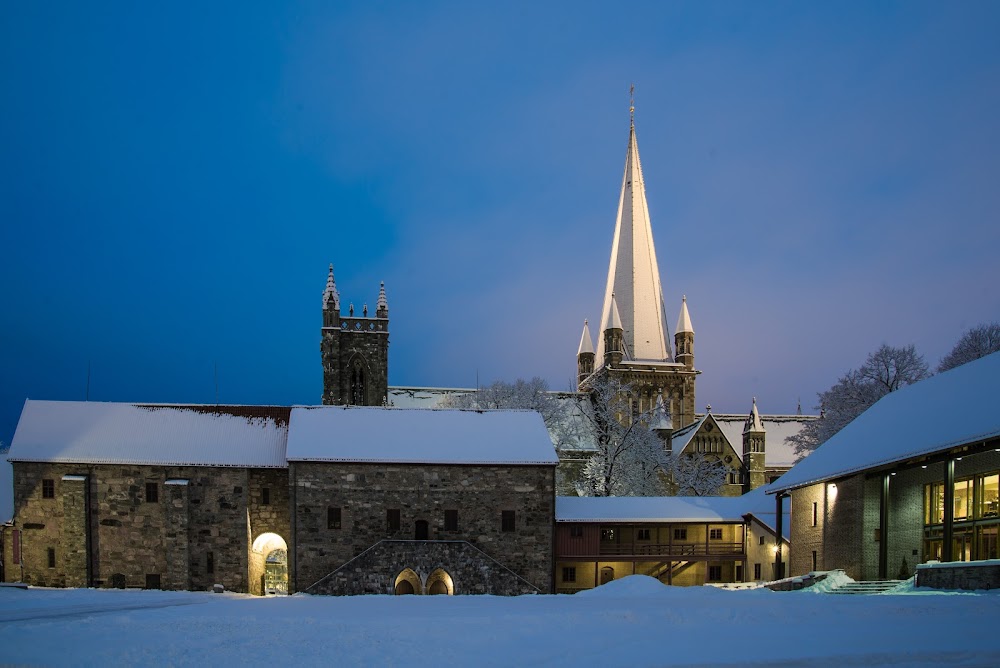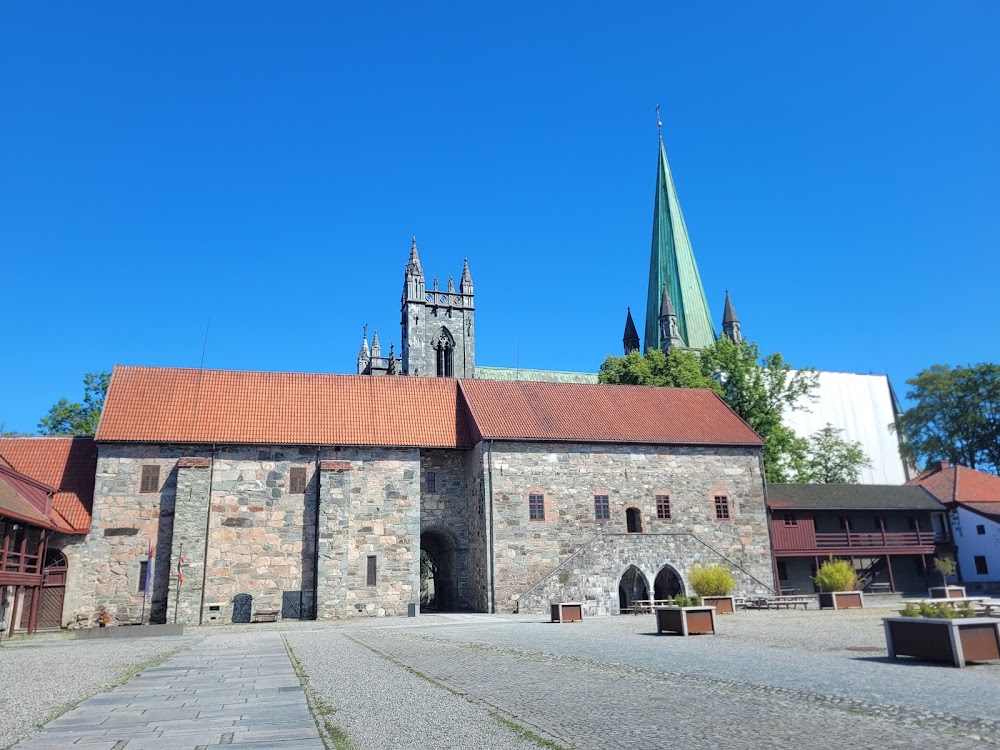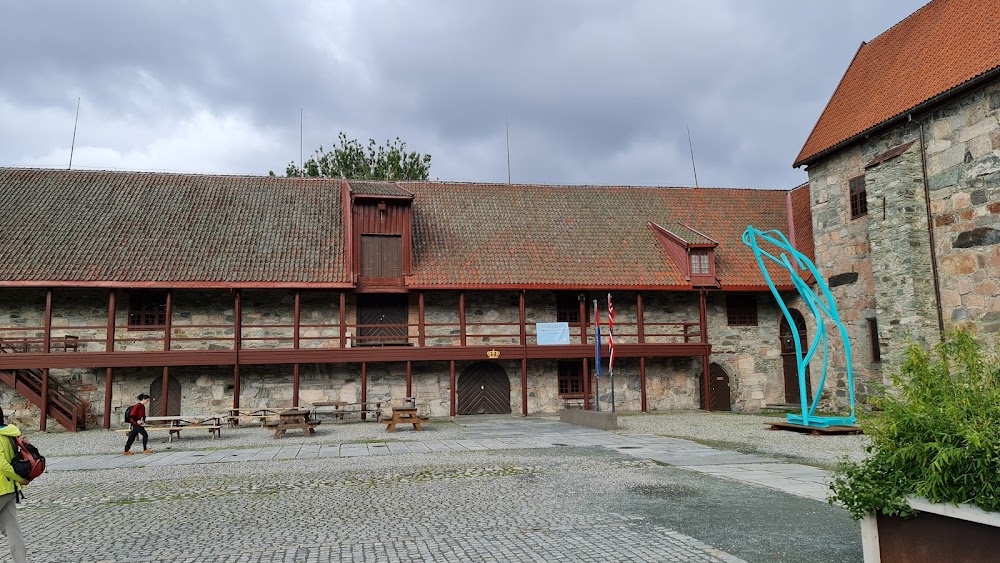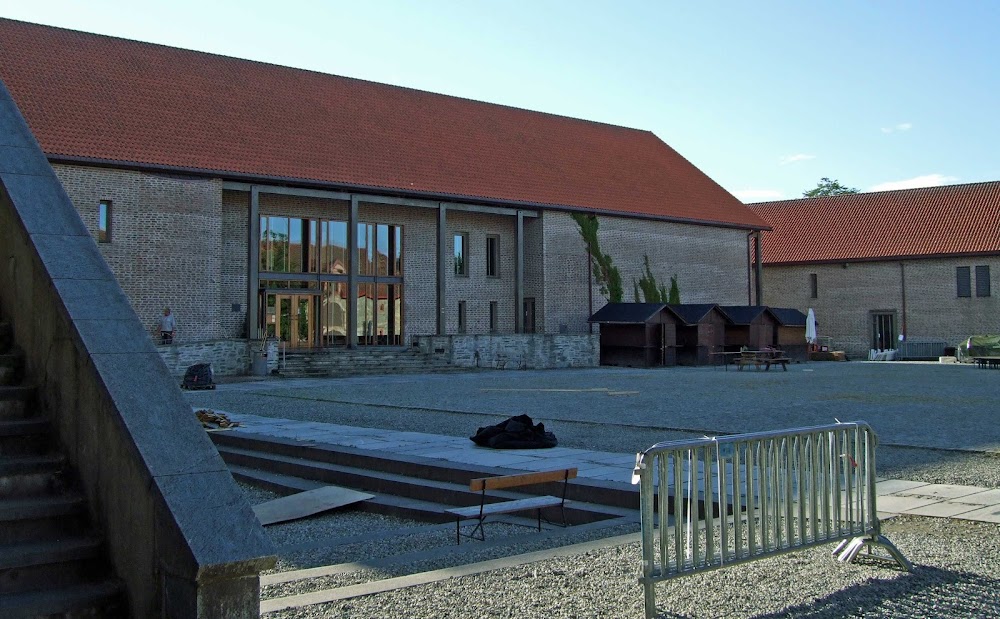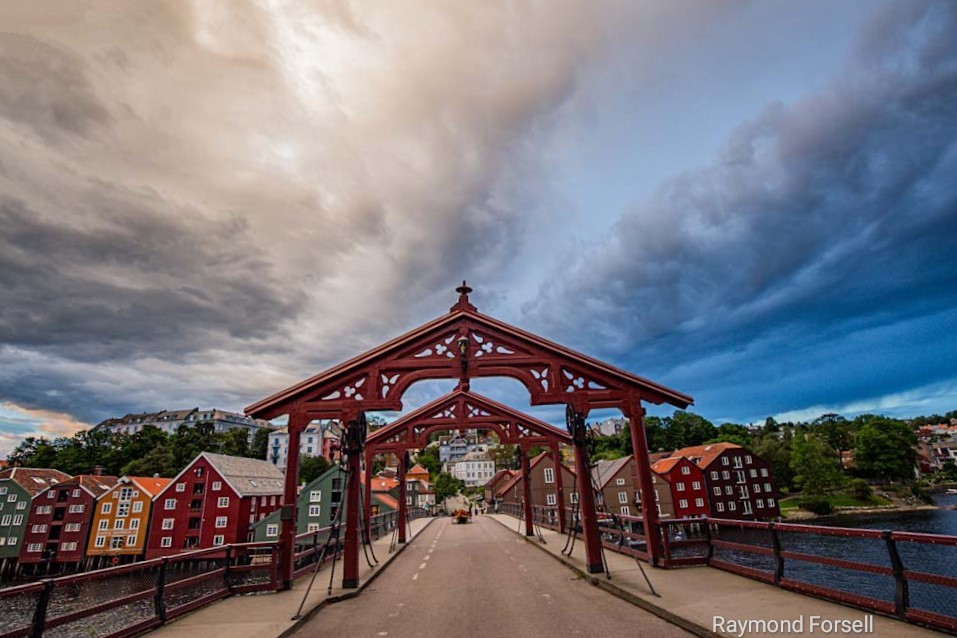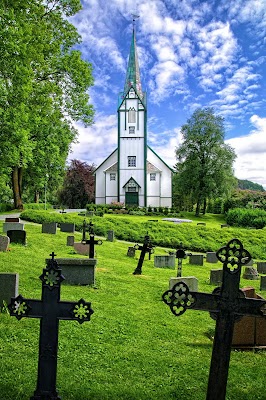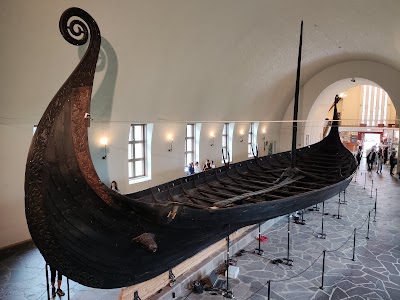Archbishop's Palace Museum (Erkebispegården Museum)
Overview
The Archbishop's Palace in Trondheim, nestled in the scenic region of Trøndelag, Norway, is a stunning historical edifice that transports visitors back to the Middle Ages. Originally constructed in the latter half of the 12th century, this architectural marvel served as the residence and administrative hub for the archbishops who oversaw the ecclesiastical affairs of Norway.
The palace's construction began under the guidance of Archbishop Eystein Erlendsson, a pivotal figure in Norway's religious history. The initial structure was a classic stone building, emblematic of medieval Europe, known for its robust and fortified design. Local stone, readily available, was chosen for its durability, ensuring the palace could withstand the test of time.
As the centuries progressed, the palace saw numerous expansions and renovations. Notable modifications occurred during the 13th and 14th centuries, driven by the need to accommodate a growing administration and reinforce the building's structure. These enhancements included the addition of new wings, expansive halls, and extensive underground cellars, all contributing to the palace's grandeur.
The Reformation in the 16th century marked a turning point for the Archbishop's Palace, as the decline of the archbishop's influence led to the building losing its original purpose. Following the Reformation, the palace transitioned through various roles, including a royal residence and a military complex. Unfortunately, this period saw many original medieval details altered or lost.
In the 19th and 20th centuries, dedicated preservation efforts were launched to restore the palace to its former glory. This meticulous restoration involved extensive historical research and archaeological excavations, with a keen focus on preserving the palace's medieval architectural features, such as its Gothic windows, vaulted ceilings, and intricate stone carvings.
Today, visitors can explore the Archbishop's Palace Museum, which showcases the rich history of this remarkable site. The museum boasts an impressive collection of medieval artifacts, including religious relics, manuscripts, and everyday objects from the era. One of the museum's highlights is the ancient coin workshop, where guests can witness the minting of coins—a practice that dates back to the palace's time as a bustling administrative and economic center.
Within the museum, exhibits also delve into the historical role of the archbishops in Norwegian society, illustrating their significant influence on both local and national levels. Visitors can wander through various rooms steeped in history, such as the intricately designed audience chamber, where archbishops once met with nobles and clergy, and the grand hall, which hosted important ceremonies and feasts. The underground cellars provide a fascinating glimpse into the daily life and storage solutions of the palace's inhabitants during medieval times.
Beyond its historical exhibits, the Archbishop's Palace Museum also offers temporary exhibitions, educational programs, and cultural events, ensuring that the narratives of the Middle Ages continue to resonate with contemporary audiences. These engaging programs are designed for visitors of all ages, featuring interactive displays and hands-on activities that bring history to life.
The museum’s beautifully landscaped gardens are another highlight, providing a peaceful retreat for reflection on the extensive history encapsulated within the palace walls. Meticulously maintained, the gardens showcase a variety of plants and herbs typical of a medieval kitchen garden, enriching the visitor experience.
In summary, the Archbishop's Palace in Trondheim stands as a remarkable testament to medieval architecture and the importance of historical preservation. Its evolution from an ecclesiastical hub to a multifaceted museum highlights the significance of adaptive reuse in preserving cultural heritage for future generations. The palace offers a tangible connection to Norway's medieval past, inviting visitors to explore and appreciate its layered history.


